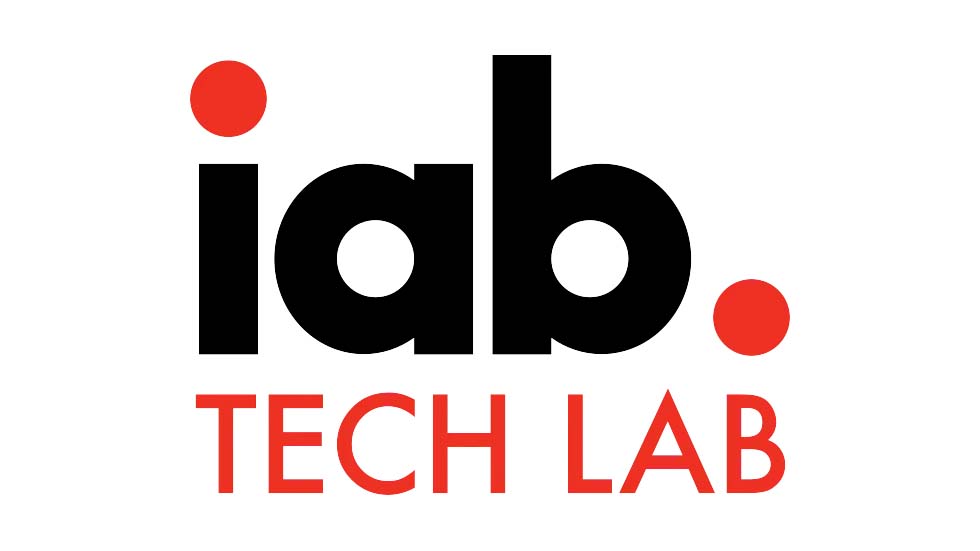With DTV transition history, FCC focuses on reception problem areas
Michael Copps, the acting FCC chairman who led the DTV transition, summed up the whole lingering process of moving the nation’s television stations from analog to digital transmission in one word: “Whew!”
It was quite a ride, Copps said, dodging “impending chaos” when he became acting chairman in January. However, during the four months of the staggered transition, the unprepared households were cut by 65 percent. On top of that, the FCC call center — which handled more than a million calls — and hundreds of civic volunteers reduced the effects that the transition had on thousands of viewers.
Some after effects of the transition remain, though about three-quarters of the issues with about two dozen television stations were resolved on the consumer end by rescanning television sets or converter boxes, resetting antennas or installing new ones.
Before the DTV transition was completed on June 12, about 18.3 million households were thought to be entirely reliant on over-the-air reception. The majority of those viewers got some type of digital receiver or converter to receive the signals. Around 2 million waited until after the transition to act.
Reception issues remain with lower channel VHF stations in New York City, Chicago and other urban areas, however, and the FCC has sent its engineers to the locations to do more thorough tests to determine the exact problem. It is thought that unique and different issues affect each market.
The most common problem involves stations on channels 2 through 6 not reaching large numbers of viewers. Channel 6 has caused problems due to the closeness of adjacent FM radio band. Stations on channel 7 are also having difficulty in New York City and Chicago.
In Philadelphia, WPVI-TV broadcasts on channel 6, adjacent to many FM radio stations. After the transition in June, it lost many of its viewers. The FCC has granted the station temporary permission to increase its transmitting power while an investigation continues.
More than 480 stations across the country are now airing broadcasts on VHF frequencies. Only 216 stations were operating on those frequencies before the transition.
An issue the FCC is focusing on is the possibility of an increased noise floor in cities like New York City and Chicago. This can occur due to a higher number of computers, wireless telephones, fluorescent lamps, and motors operating in an area.
The professional video industry's #1 source for news, trends and product and tech information. Sign up below.
The number of wireless devices in urban areas has dramatically increased since the FCC began planning the transition almost 20 years ago. Sometimes a simple inline signal attenuator can eliminate the noise.
Since the final transition on June 12, calls to the FCC’s DTV call center have dropped to about 7000 per day. About 400 people will continue to answer calls through September.
Also, converter box manufacturers are answering help calls. LG Electronic’s Zenith-brand converter box hotline received more than 20,000 calls in June alone, and the company has vowed to keep the hotline and its ConnectYourBox.com and ConecteSuConvertidor.com Web sites live through the end of the year.
LG is making donations of its converter boxes to the New Mexico Media Literacy Project in Albuquerque, a group that supplies the boxes to people in need. Over the past year, LG has also donated converter boxes to community organizations in Houston, Dallas, Denver, Little Rock, Minneapolis, Los Angeles, St. Louis, and Wilmington, NC.
Some with over-the-air reception issues have solved their problems by subscribing to pay television. Cable, satellite and telco providers will gain around 653,000 new subscribers because of the digital transition, an analyst at Wells Fargo Securities recently predicted.
Since the completion of transition, President Obama has appointed new members to the FCC. These include a new chairman, Julius Genachowski, and two commissioners, Mignon Clyburn and Meredith Attwell Baker. They join existing commissioners Michael Copps and Robert McDowell.
Though chairman Genachowski is now shifting the FCC’s focus to broadband issues, he promised that the DTV transition will continue as long as needed.
“Our mission here is not yet accomplished,” said Genachowski. “There are consumers and individual broadcasters who still need our help. Therefore, I want to make clear that our doors and phone lines remain open to those who need assistance in the days and weeks ahead. We also will continue to collaborate with broadcasters to find the most effective and efficient ways to improve their service, and we look forward to hearing their ideas.”
